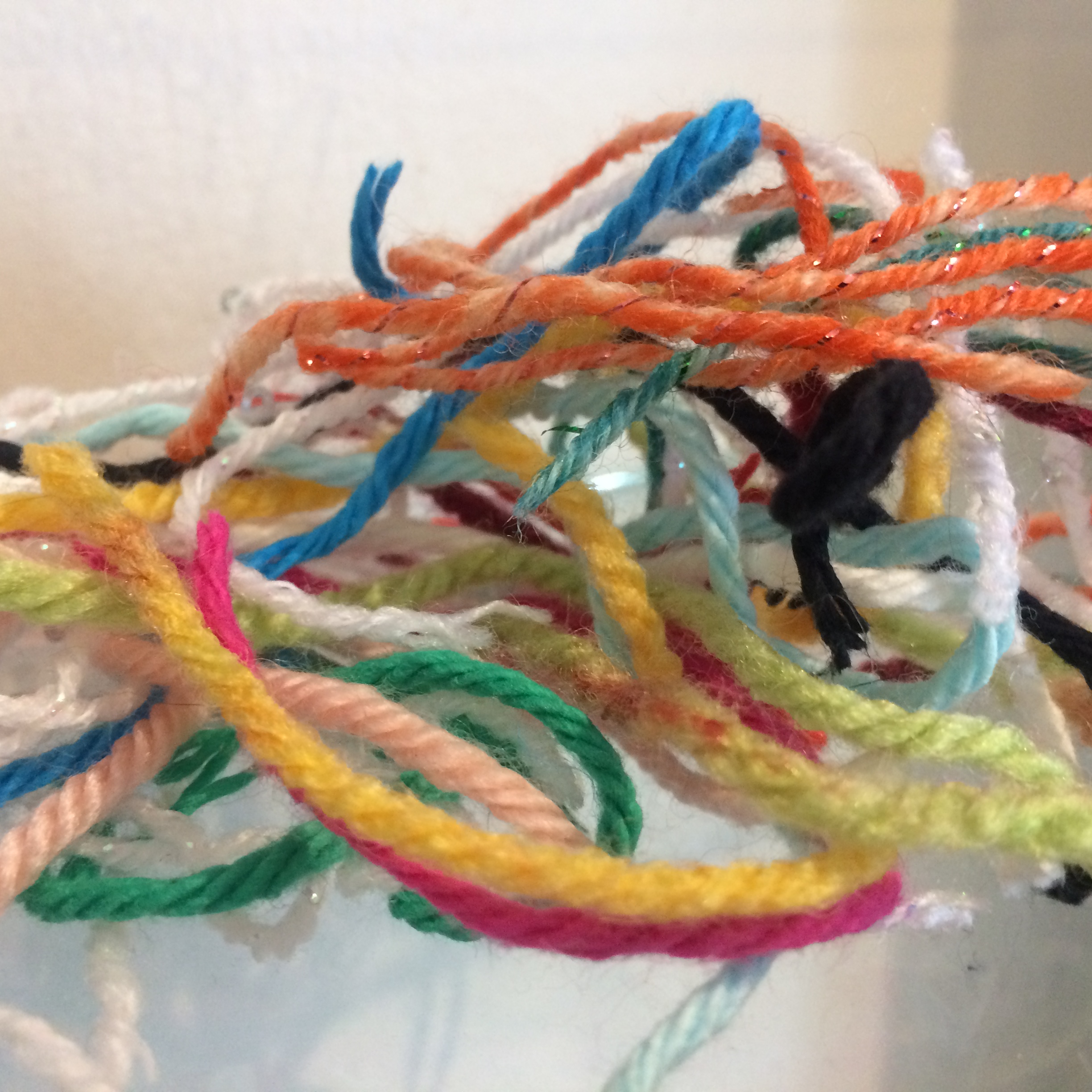Description
This clinician’s guide is aimed at helping you in your work with individuals who self-injure—specifically where self-injury occurs in the context of emotional distress and in the absence of psychosis or a development disorder.
The 87 page e-book synthesizes a wealth of research into a format that is concise, easy-to-understand, and practically focused. Part One is focused on understanding self-injury. Part Two is focused on helping and includes both conceptual and practical information on ways to provide assistance. Counselling and psychotherapy interventions are the focal point of this guide.
One of the aims of this guide is that it help you to feel more knowledgable, capable, supported, and skilled when working with individuals who self-injure. Although the guide was written for helping professionals as the audience, both helping professionals and parents of individuals who self-injure have provided feedback on the helpfulness of the resource. I consistently receive feedback on the book being well-written, easy-to-read and understand, and practical. Many people have said the guide has not only increased their intellectual knowledge but, importantly, their understanding.
The tone of this guide echoes my firm conviction that one logical thing to do to support healing and well-being is to offer, generate, and inspire understanding, compassion, and benevolence in our care for and handling of one another.
To view the first few pages of the guide including the Table of Contents and Introduction, please click here.
“Tracy Riley’s Working with People who Self-Injure: A Resource Guide for Helping Professionals makes a strong contribution to the existing body of work on self-injury. While many texts focus on those who self-injure, few have focused on helping professionals who work with this client population. Riley’s work is insightful, compassionate, and will surely gain a reputation as a fantastic resource for helping professionals.”
~Audrey R. Giles, PhD, Faculty of Health Sciences, University of Ottawa
Written by Tracy Riley, (c) 2013, the resource guide (87 pages) is provided in digital format as a pdf file. You can read it on any device that supports pdf files (e.g., iPad, most e-readers, your home computer using programs such as Preview on a Mac or Adobe Reader for Mac or Windows). You are also welcome to print a copy of the guide for your personal use.

